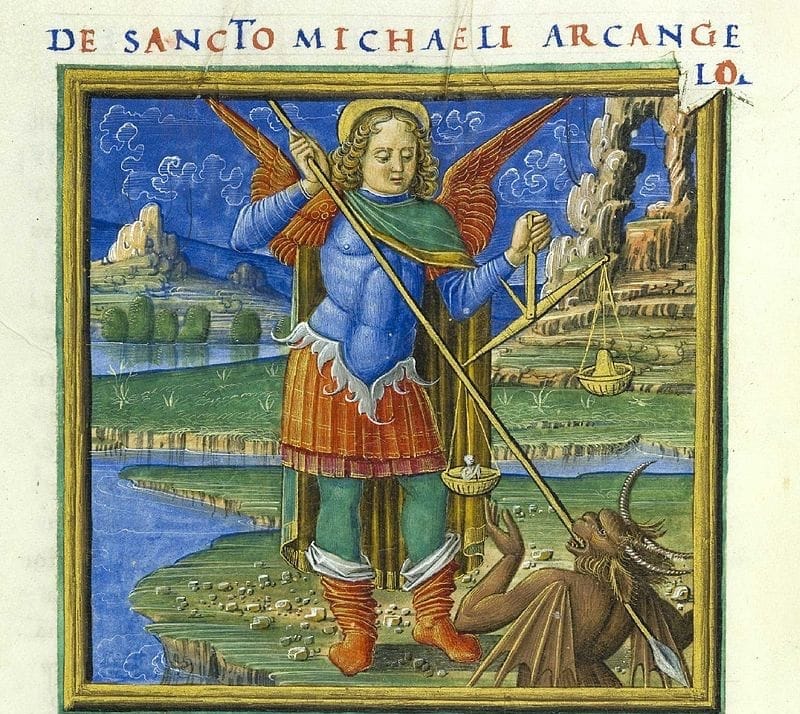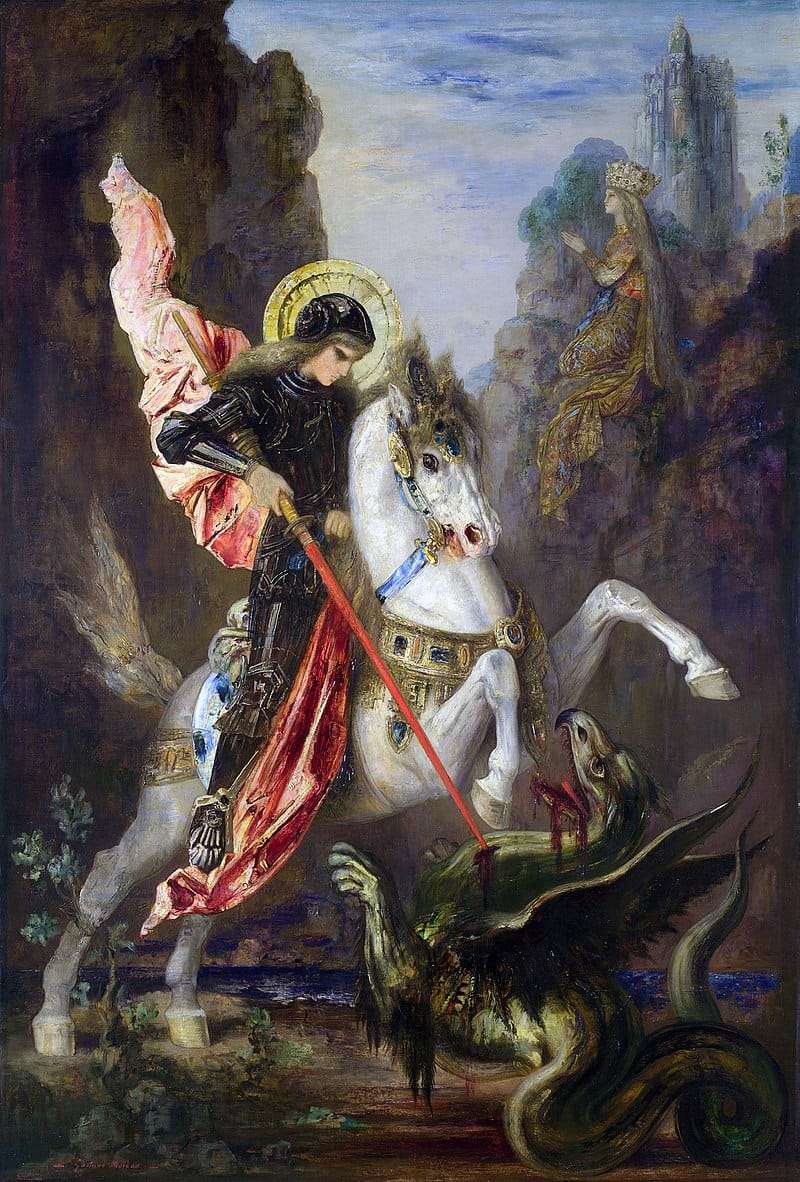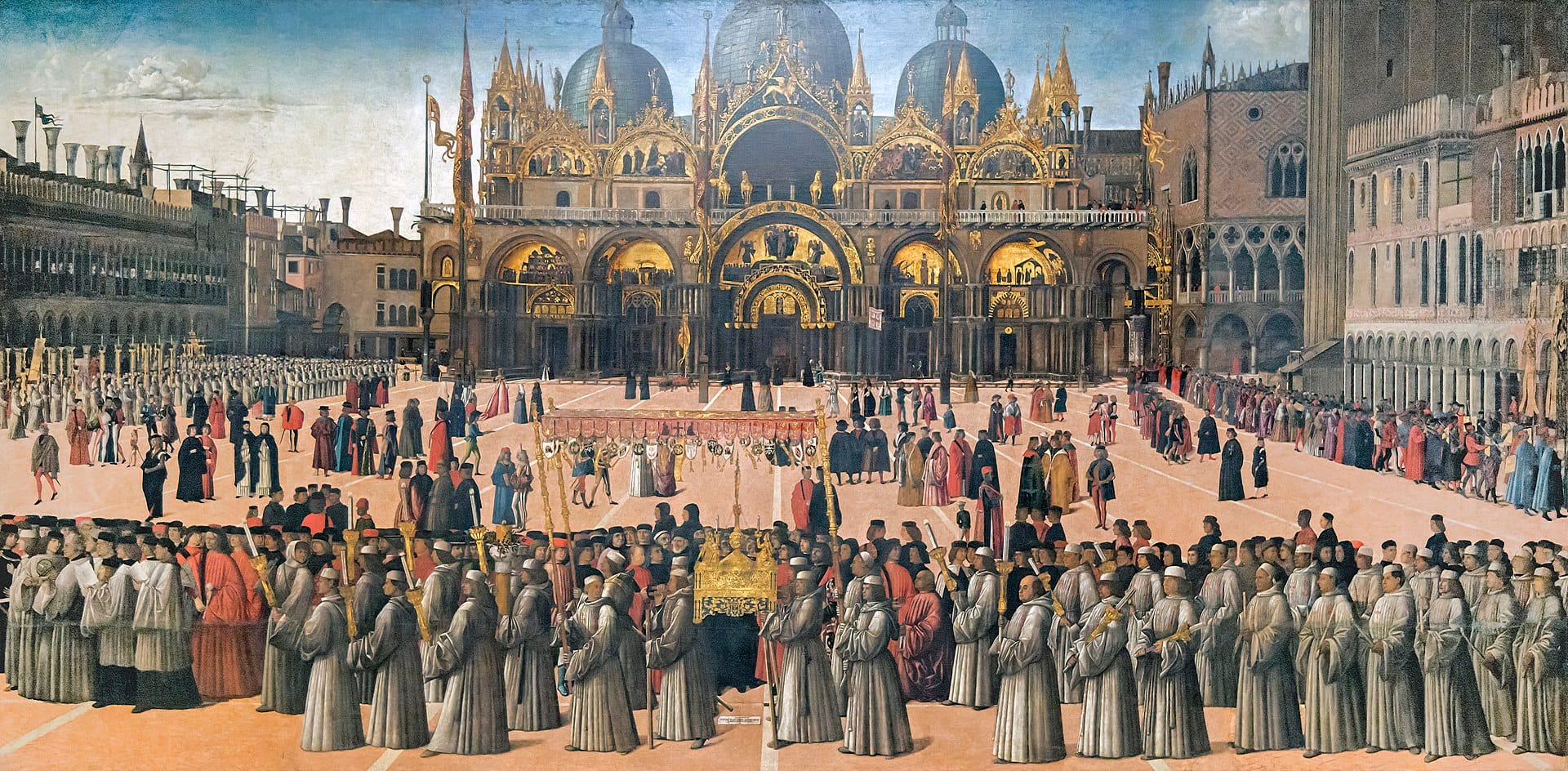The 'Golden Legend'

What if, in medieval times, there was a book that defended young women from being forced into unwanted marriages? Nowadays, this idea generates some fascinating collisions in contemporary feminist and religious writing. More on this in a minute.
Legenda aurea was the most widely read religious work of the Late Middle Ages outside of the Bible. It was written in Latin and it comprised 153 biographies of Catholic saints. It was compiled from 1259 to 1266 by Jacobus de Voragine, a Dominican friar who later in life became the archbishop of Genoa, and it is a key source for some of the fables on this website.

The Golden Legend, as it became known in English, is the main source for the revival of the influential Mary Magdalene story – the one where, as you know, she fled Jerusalem in a rudderless boat and came ashore in southern France, giving rise to pilgrimage sites and modern bestsellers. Other saints who appear in this chapter include Bernard of Clairvaux, Pope Gregory, and the apostle Saint James.
Jacobus also tells the stories of various virgin martyrs from the time of the Romans, including Catherine of Alexandria and Saint Margaret of Antioch, as well as the Archangel Michael, all of whom influenced Joan of Arc. Many of these women were tortured and killed because they resisted marriage against their will, at a time when Rome made marriages mandatory, or they disguised themselves as monks until their deaths. (Saint Marina, Saint Thecla, Saint Agatha and Saint Ursula appear; Pope Joan does not.) There is also Saint George of the Dragon fame (below), St. John the Baptist, and Thomas Aquinas, among others.

Spearing dragons was really a thing back then. True to form, the Devil appears in many of the biographies, in different guises – dragons, birds, beasts - but he always loses. Still, there is an awful lot of suffering in the Golden Legend and nearly everybody dies. It is arranged in the sequence of feast days and Jacobus intended it for use in sermons by the clergy. Its main effect, however, may have been to legitimize these saints’ cults across Europe, since Catholic churches’ reputations and livelihoods as pilgrimage sites depended not just on relics and icons but on the spiritual authority of their saints.
One of the most painful stories is that of Saint Agatha of Sicily who suffers her breasts being chopped off. Today Minne di Sant'Agata is a typical Sicilian sweet:

The Legend of the True Cross also appears in The Golden Legend. This was the notion that the tree from the Garden of Eden was used for the cross on which Jesus was crucified - see the picture below, where a relic of the True Cross is being carried in procession through the Piazza San Marco, Venice:

By the time of the scientific age and the Reformation, the Golden Legend had fallen out of favor. But, what was the rationale for Jacobus to include so many female virgin martyrs in the first place? Many of the legends are sexual in nature – rapes, gender-bending, torture, and so on. I find it hard to look beyond the misogyny and Boccaccio seems to see it too, in Decameron. Were the early Christian and medieval (male) writers as tempted by women as St. Augustine was? I can only imagine that these men felt confusion and even resentment at being sexually attracted to strong and beautiful women, because this contradicted the received wisdom that women were inferior and should be passive and meek (and maybe available) – see Tertullian, John Chrysostom, Augustine and Aquinas, to name a few. As Judy Wu Dominick, a contemporary Christian writer puts it (in 2020):
